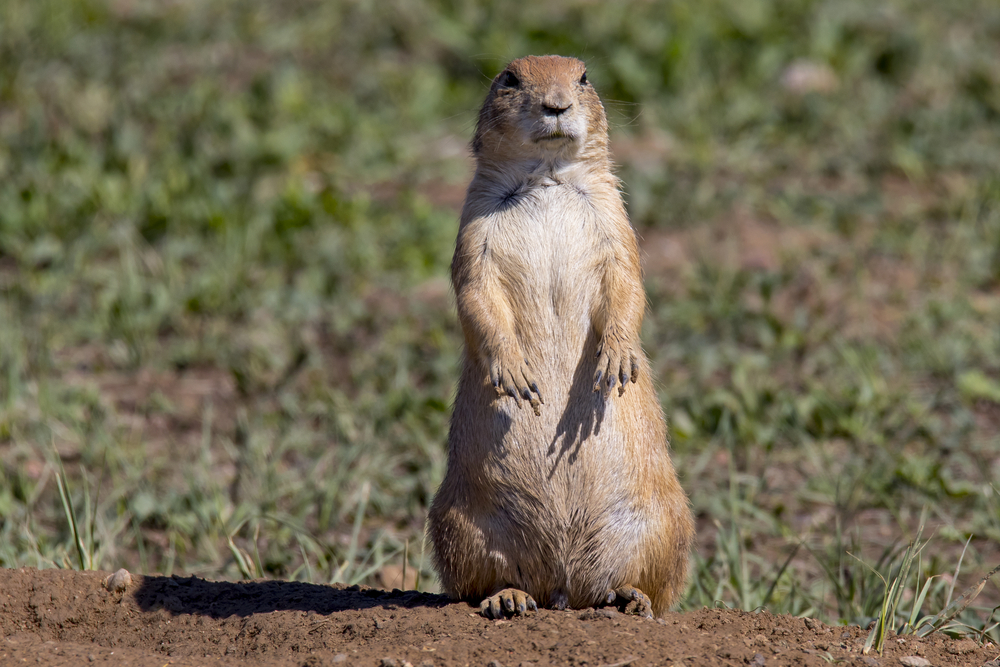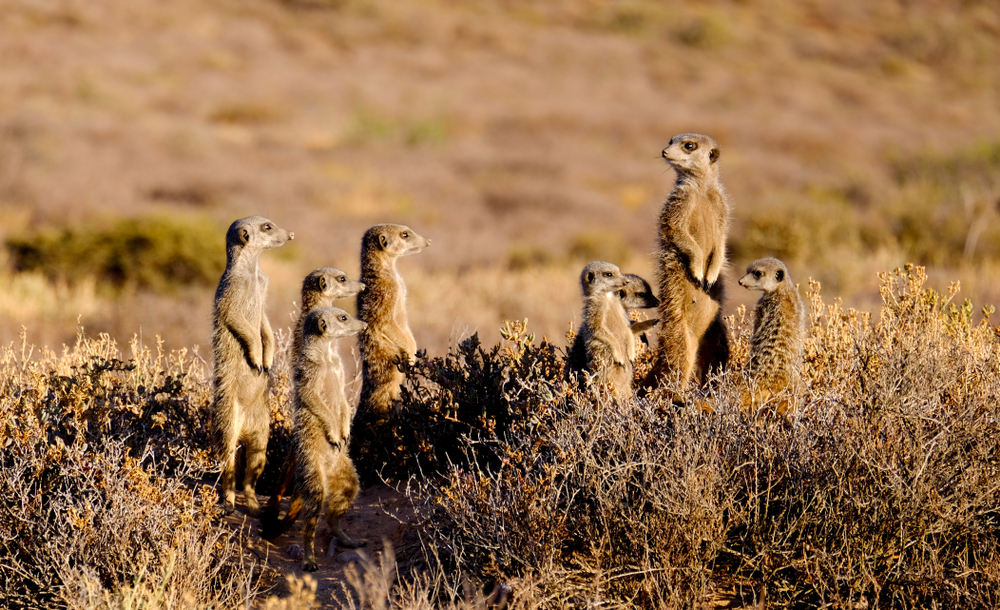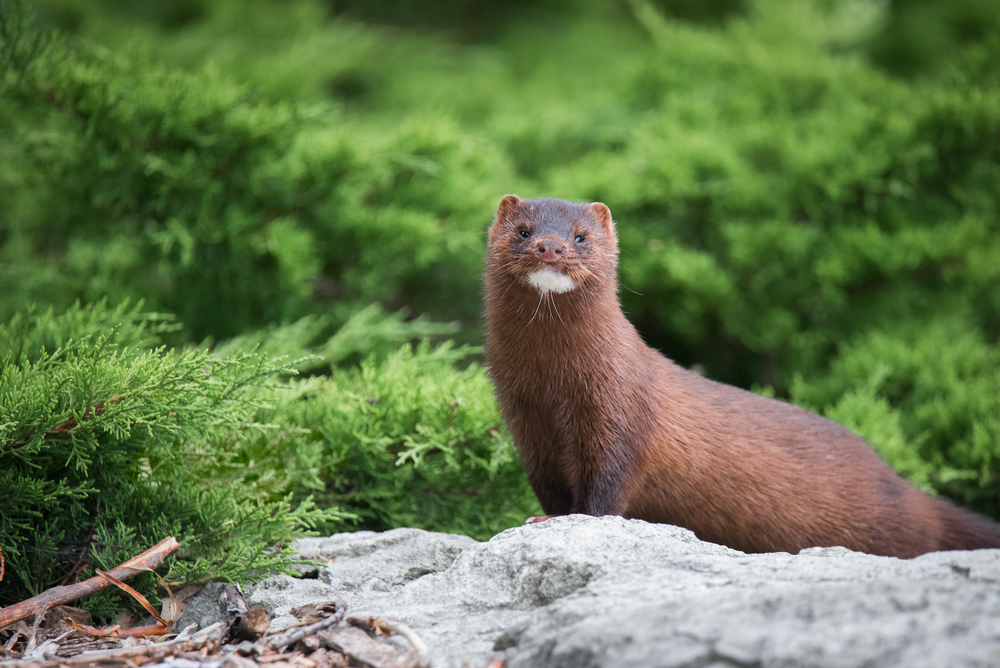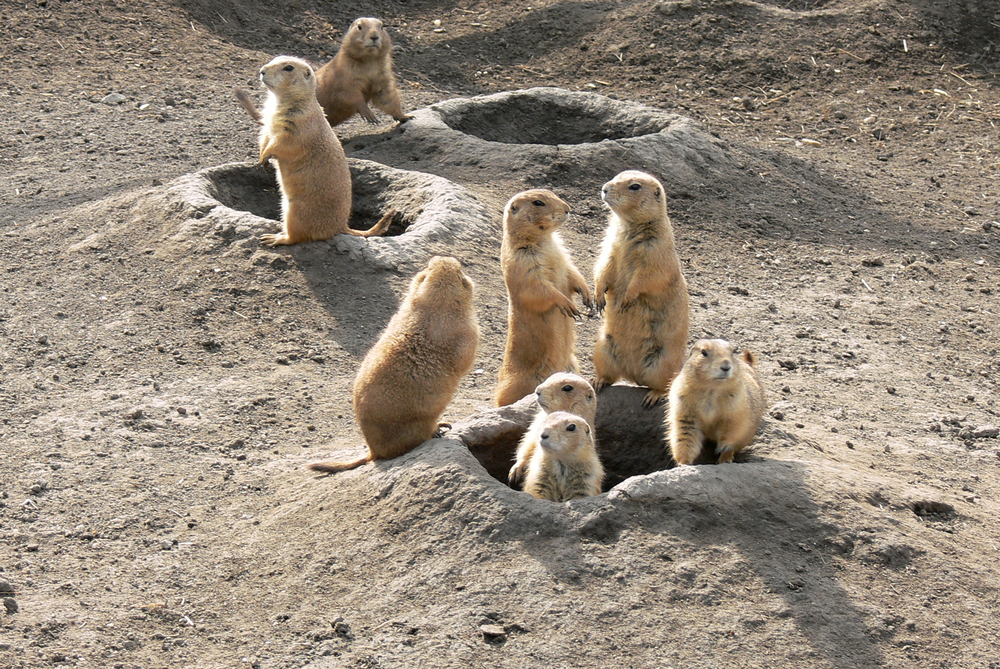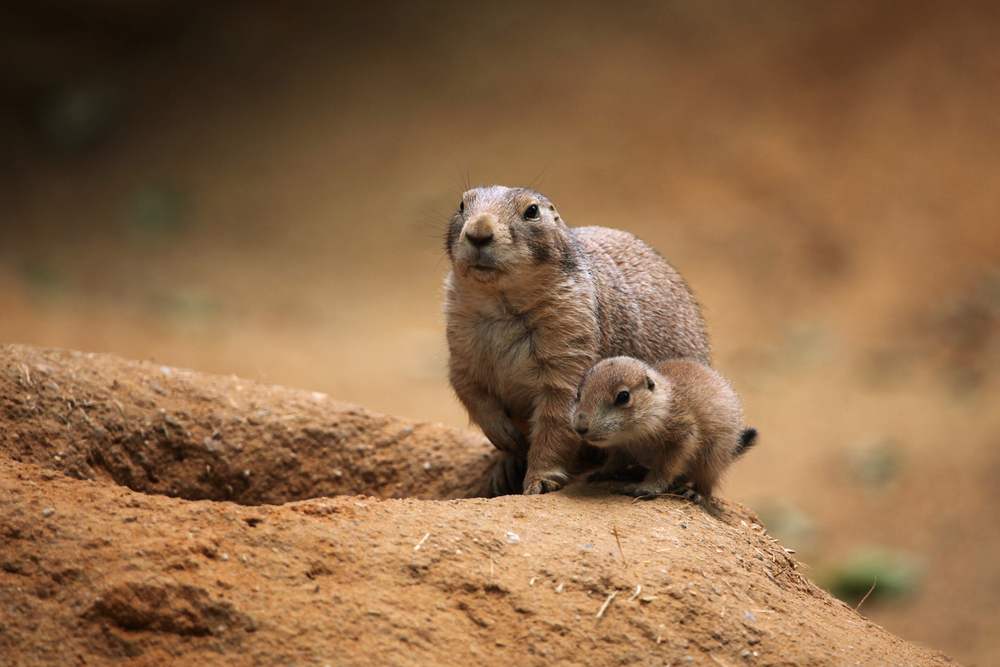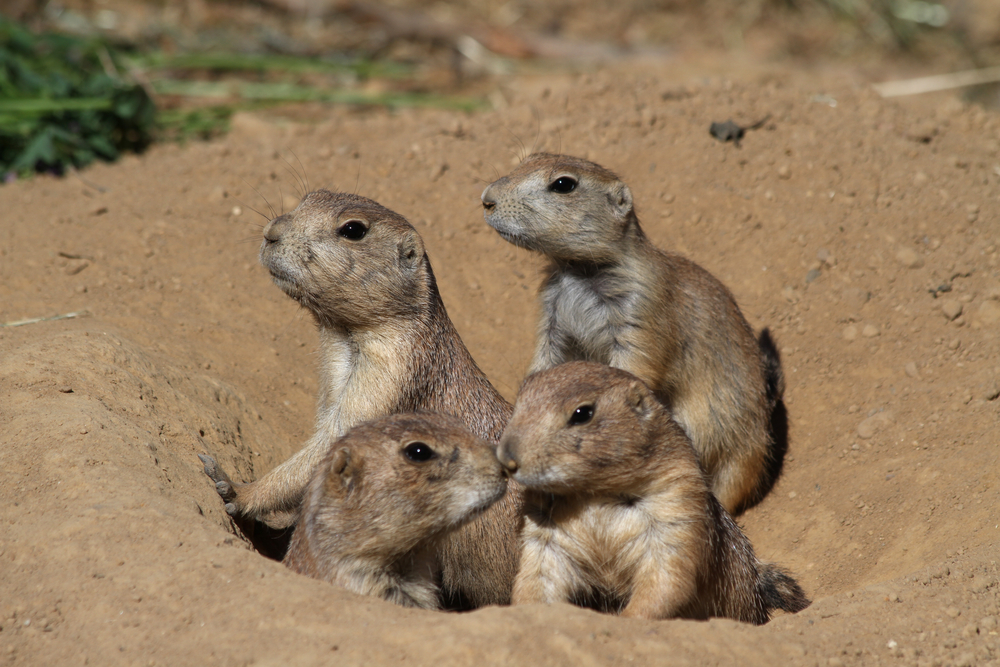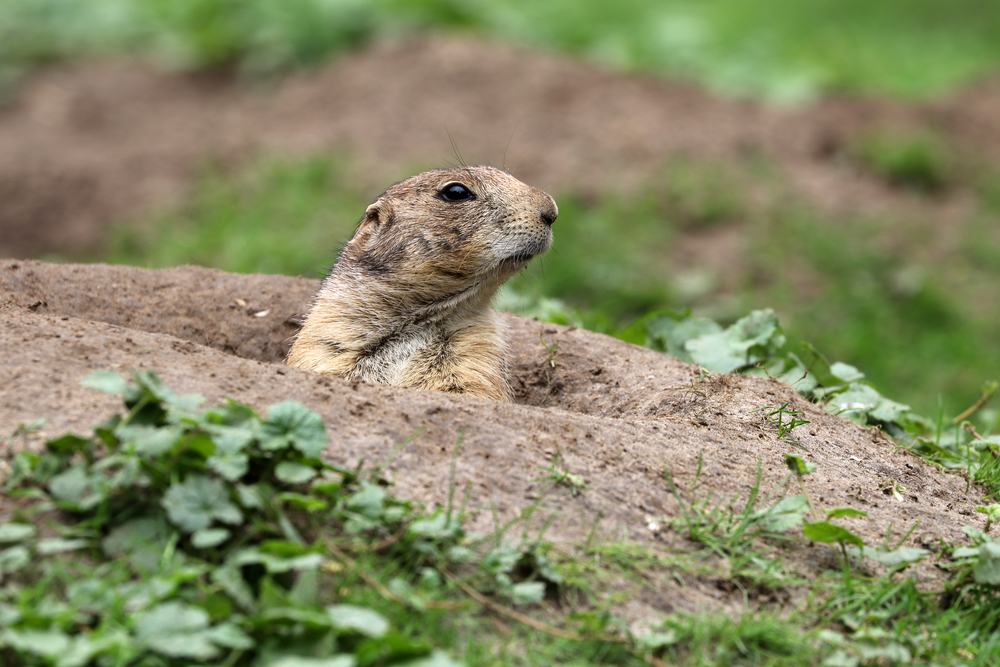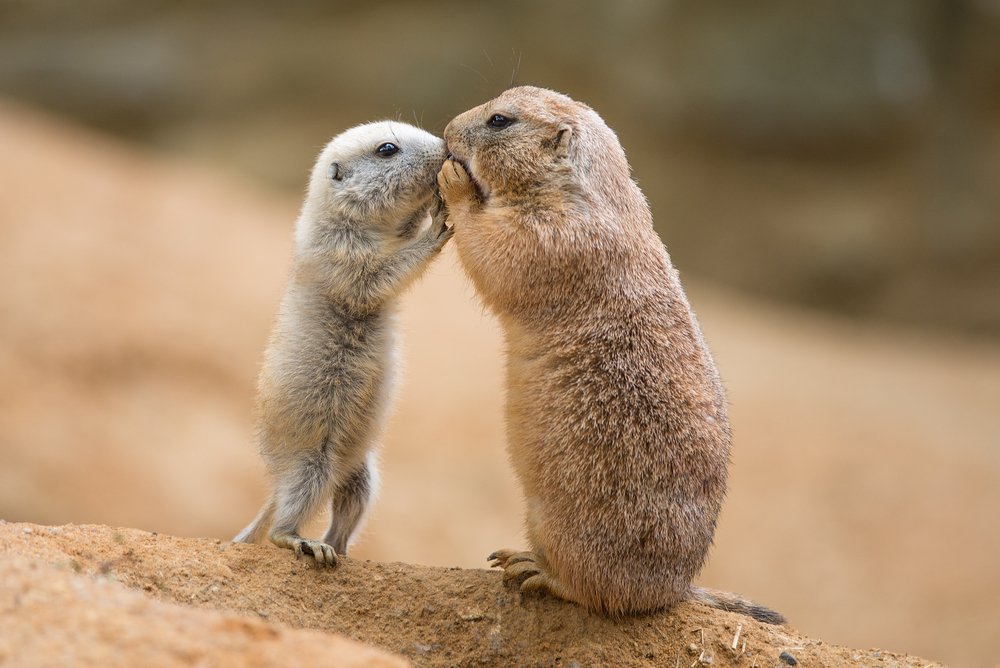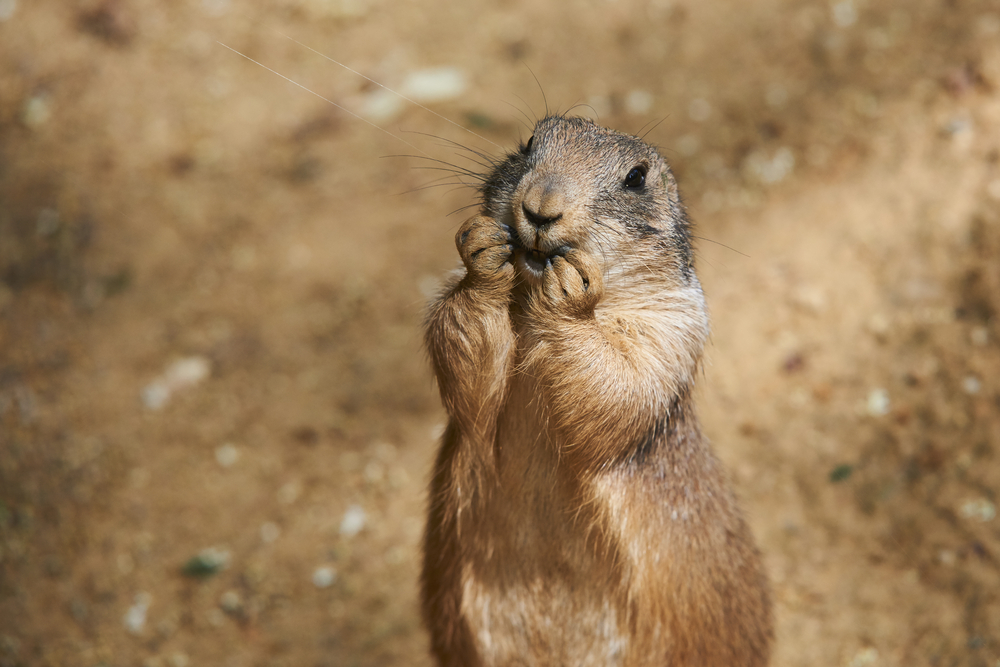The animal most similar to the prairie dog is the ground squirrel. Both prairie dogs and ground squirrels belong to the Sciuridae family, which includes squirrels, chipmunks, and marmots. They share several key characteristics:
- Habitat: Both prairie dogs and ground squirrels inhabit open grasslands and prairies in North America and are known for their burrowing habits.
- Social Structure: Prairie dogs are highly social, living in large colonies known as “towns.” Ground squirrels also exhibit social behaviors, though their groupings are usually smaller.
- Diet: Both are primarily herbivorous, feeding on a variety of grasses, seeds, and plants.
- Physical Appearance: While there are visual differences, both prairie dogs and ground squirrels have a similar rodent-like appearance with sturdy bodies and short limbs.
- Behavior: Both species have a complex system of communication and are known for their vigilance and alarm calls to alert others of predators.
Despite these similarities, there are differences. Prairie dogs are generally larger and have a more robust build compared to ground squirrels. Prairie dogs also have a more complex social structure and communication system. Ground squirrels, on the other hand, hibernate during the winter months, while prairie dogs do not truly hibernate but may go into a torpor-like state during extremely cold weather.






























































